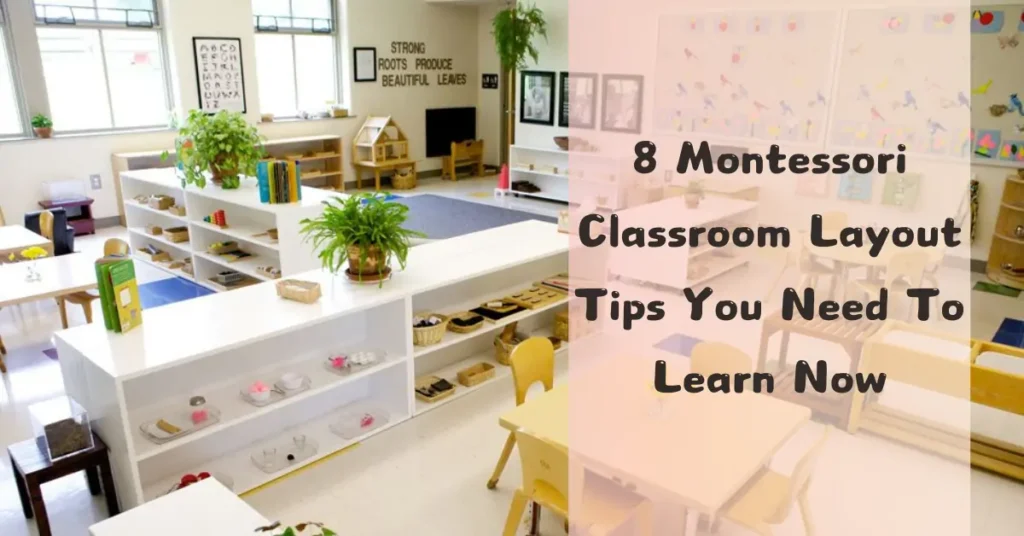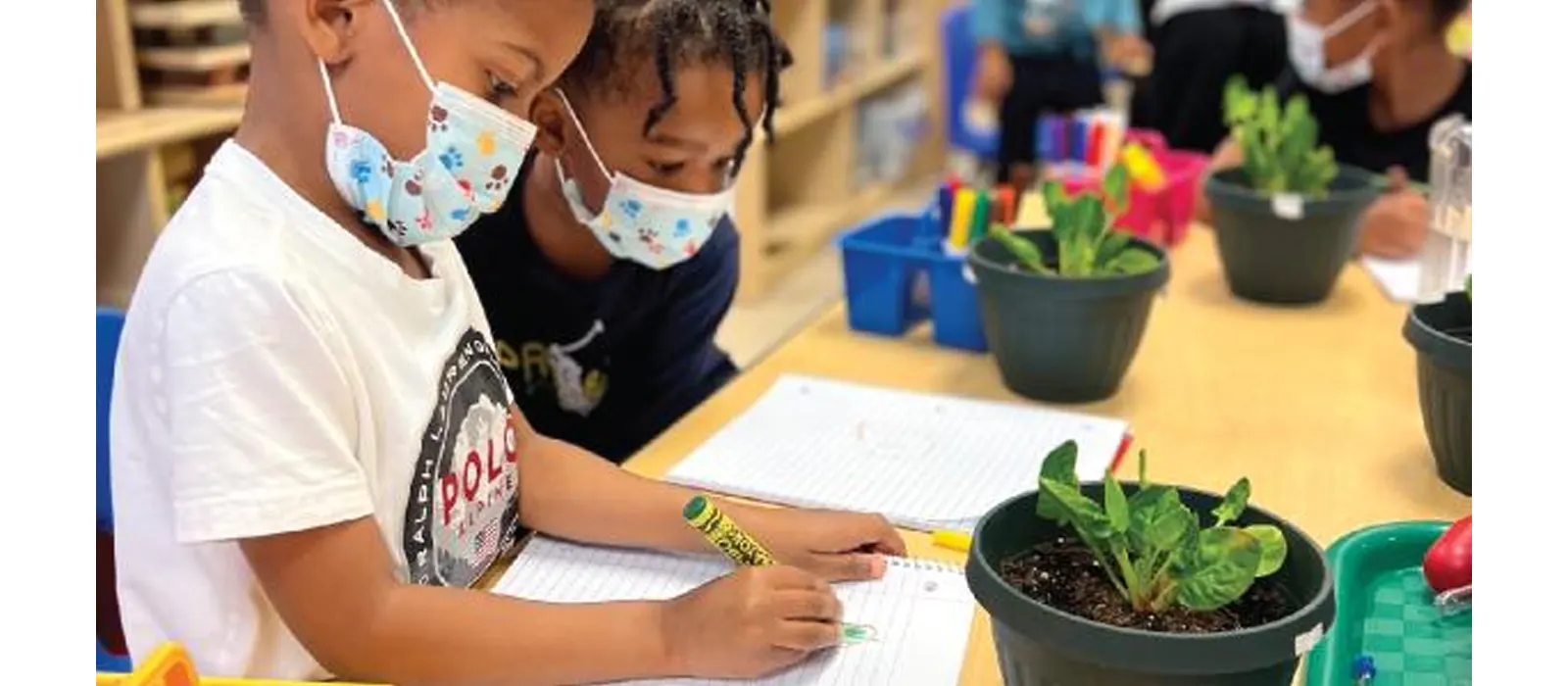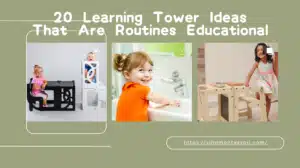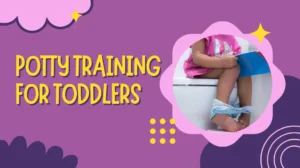Are you a Montessori teacher or parent looking for ways to optimize your Montessori classroom layout? This article will share 8 essential Montessori classroom layout tips to transform your classroom into a vibrant and engaging learning environment.
With over 20 years of experience in Montessori education, we understand the importance of designing a classroom layout. A well-organized Montessori classroom layout promotes independent learning and encourages collaboration among students.
One of the key aspects of a successful Montessori classroom is the layout. Montessori classroom layout maximizes student engagement and creates a space that promotes self-discovery and cognitive growth.
From organizing learning materials to designing activity areas, our tips will help you optimize your Montessori classroom layout to foster independence, creativity, and a love of learning. Whether you’re a veteran Montessori teacher looking to revamp your classroom or a new educator interested in implementing Montessori principles, these tips will serve as your guide.
Considerations for Designing a Montessori Classroom Layout
Designing a Montessori classroom involves more than choosing furniture or a color scheme. It requires a deep understanding of the Montessori philosophy and a commitment to creating an environment that reflects its core values. Key considerations include:
- Spatial Harmony: The Montessori classroom layout features spaces dedicated to specific activities. This arrangement facilitates smooth transitions between tasks and encourages children to engage with various learning modalities.
- Natural Elements: Incorporating natural light, plants, and materials made from natural fibers and woods brings the outside world into the classroom, promoting a connection with nature and enhancing students’ well-being.
- Accessibility: Montessori furniture and materials should be accessible to the children, promoting independence and self-directed learning. Everything from the height of shelves to the organization of materials should consider the child’s perspective and capabilities.
- Flexibility: The layout should be adaptable, allowing for changes based on the dynamic needs and interests of the students. This flexibility supports the Montessori principle of following the child, enabling educators to adjust the environment in response to observational insights.
- Lighting and Color: Montessori classrooms highly value natural light for creating a warm and welcoming environment. Colors should be calming and used sparingly to avoid overstimulation.
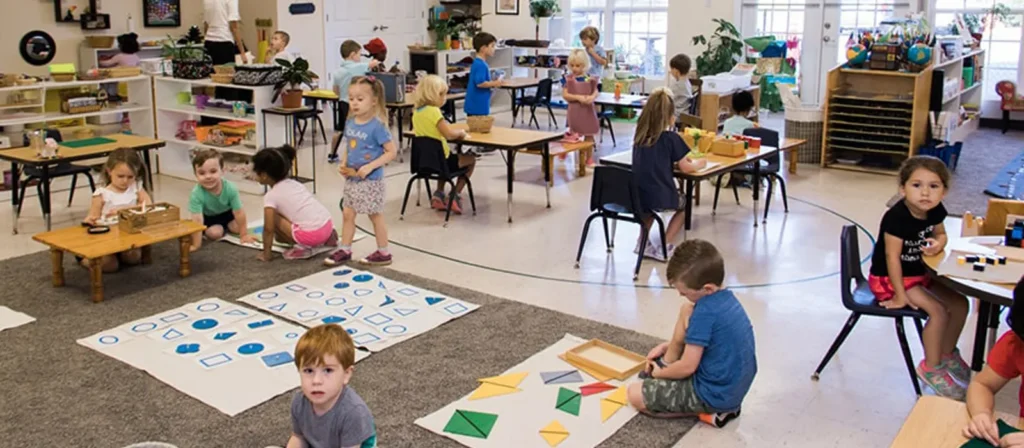
Montessori Classroom Layout Principles
The principles guiding the layout of a Montessori classroom stem from Maria Montessori‘s educational philosophy, emphasizing independence, order, and a prepared environment. These principles include:
- Freedom Within Limits: The Montessori classroom layout should allow students to choose their activities within a structured and safe environment. This balance encourages autonomy while maintaining order and discipline.
- The Prepared Environment: Every aspect of the classroom should serve a specific developmental purpose and be prepared in advance by the educator. The arrangement of furniture, selection of materials, and overall design should cater to the developmental stages of the children.
- Order and Beauty: A Montessori classroom should be orderly and aesthetically pleasing, reflecting an environment conducive to learning and exploration. An organized space helps children develop a sense of discipline and appreciation for beauty.
- Real-World Environment: The classroom should mimic real-life environments, with materials and furniture scaled down to child size. This helps children learn practical life skills and gain confidence in their abilities.
Montessori Classroom Layout Tips
Here are 8 Montessori classroom layout tips we’d like to share.
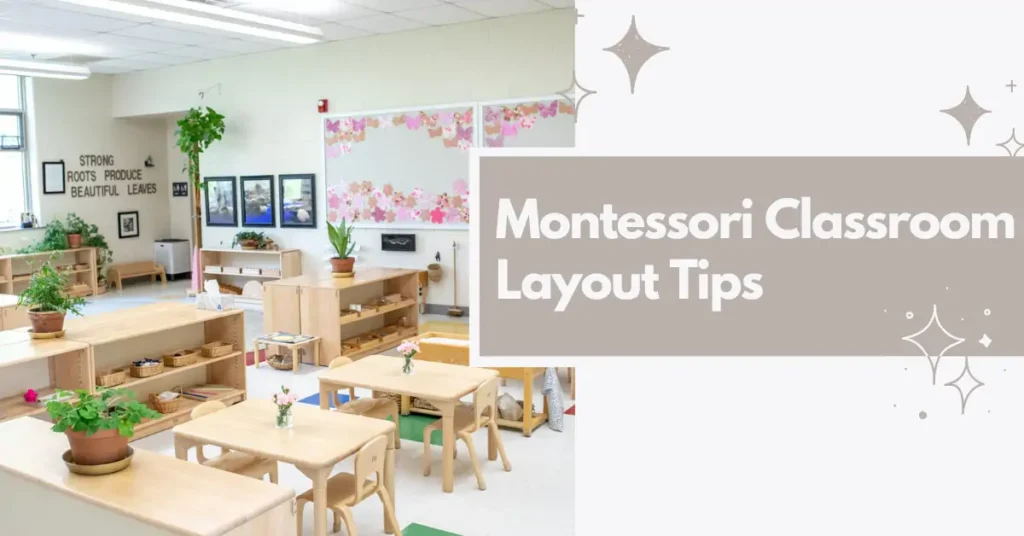
1. Montessori Classroom Layout Prepared Environment
The Montessori philosophy emphasizes creating a ‘prepared environment’ meticulously designed to meet the child’s developmental needs. This environment should be rich in materials and opportunities for self-directed learning and exploration. Here’s how to achieve this:
- Space Utilization: Every inch of your classroom should serve a purpose, facilitating learning and growth. Ensure your layout is spacious enough to allow free movement yet intimate enough to provide a sense of security and belonging.
- Accessibility: Furniture and materials should be scaled to the child’s size, promoting independence and self-reliance. Everything from shelves to tables should be easily accessible to the children, encouraging them to spontaneously engage with the learning materials.
- Order and Simplicity: A well-ordered environment with a place for everything and everything in its place helps children develop a sense of discipline and orderliness. Simplicity in the design and choice of materials can prevent overstimulation and help maintain the child’s focus and attention.
- Nature and Aesthetics: Incorporating natural elements and beautiful objects into the classroom beautifies the space and fosters children’s appreciation for beauty and nature. Natural light, plants, and artwork can make the environment more inviting and conducive to learning.
2. Montessori Classroom Furniture Layout Guidelines
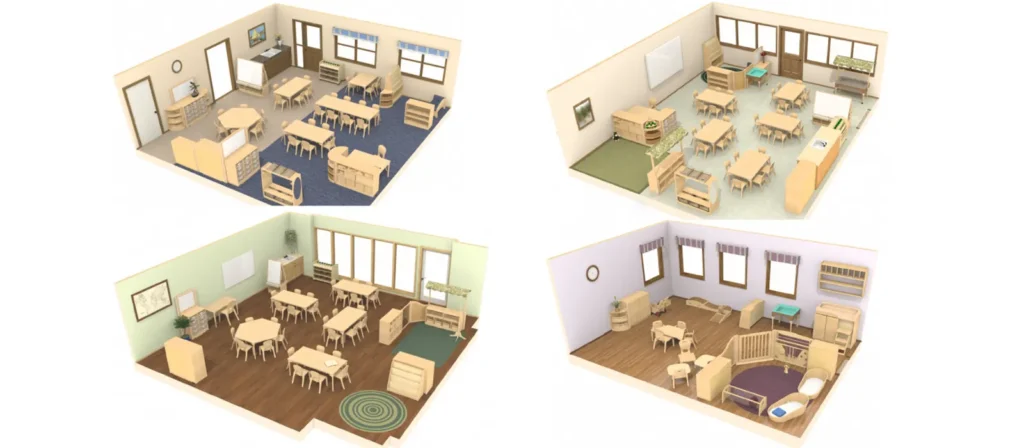
The furniture arrangement in a Montessori classroom plays a crucial role in creating an effective learning environment. Here’s how to position your furniture to maximize learning and independence:
- Open Space: Maintain open areas in the classroom to allow for group activities and free movement. This space is essential for circle time, physical activities, and collaborative projects.
- Defined Areas: Use furniture to subtly define different areas within the classroom, such as reading corners, activity zones, and practical life areas. Low shelves and area rugs can help delineate these spaces without restricting visibility or movement.
- Flexible Seating: Instead of traditional desks, opt for tables of varying sizes, heights, and chairs that children can easily move.
- Visibility: Arrange furniture so that every part of the classroom is visible to the teacher. This setup facilitates supervision and promotes a safe, secure environment for the children.
3. Organizing Materials in a Montessori Classroom
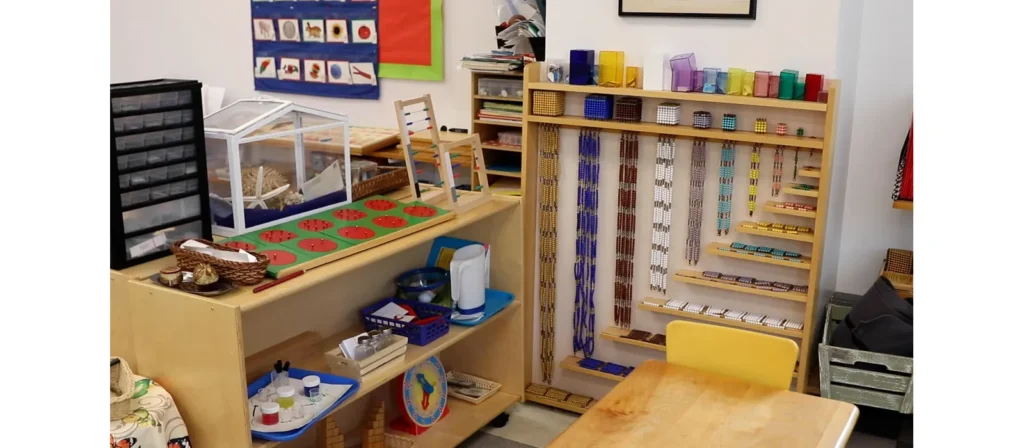
The organization of materials in a Montessori classroom is fundamental to the methodology, emphasizing independence and accessibility. Here’s how to effectively organize your materials:
- Sequential Arrangement: Organize materials from the simplest to the most complex, encouraging progression as children develop their skills. This arrangement supports self-directed learning and fosters a sense of accomplishment as children move through different levels of complexity.
- Clear Categorization: Group materials by subject area (e.g., practical life, sensorial, mathematics) and store them on open shelves that are easily accessible to children. This not only aids in the logical understanding of different subjects but also helps maintain order and discipline in using materials.
- Aesthetic Consideration: Materials should be appealing and made of high-quality, durable materials. Montessori materials‘ beauty and tactile nature are integral to their appeal, drawing children to engage with them naturally.
- Regular Rotation: Regularly rotate materials to maintain children’s interest and introduce new challenges. This rotation should be based on the children’s developmental stages and interests, ensuring the materials remain relevant and engaging.
4. Montessori Classroom Layout Activity Areas
Creating distinct classroom activity areas within the Montessori classroom is essential for catering to children’s diverse learning needs and interests. Here’s how to design and utilize these areas effectively:
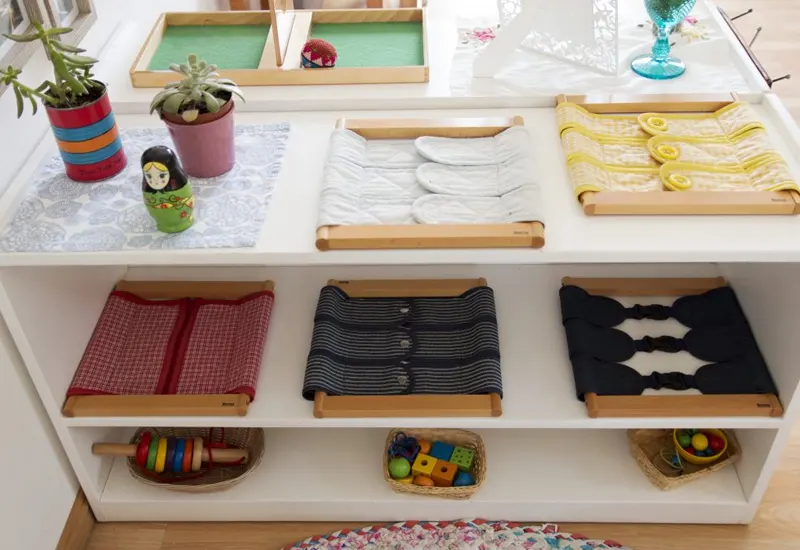
Practical Life Area
This area should be equipped with materials that allow children to practice daily living skills, such as pouring, buttoning, and sweeping. These activities develop fine motor skills and promote independence and self-care.
Sensorial Area
Design this area with materials that engage the five senses, supporting children’s sensory development and awareness. Activities should vary in complexity and sensory input, catering to individual needs and preferences.
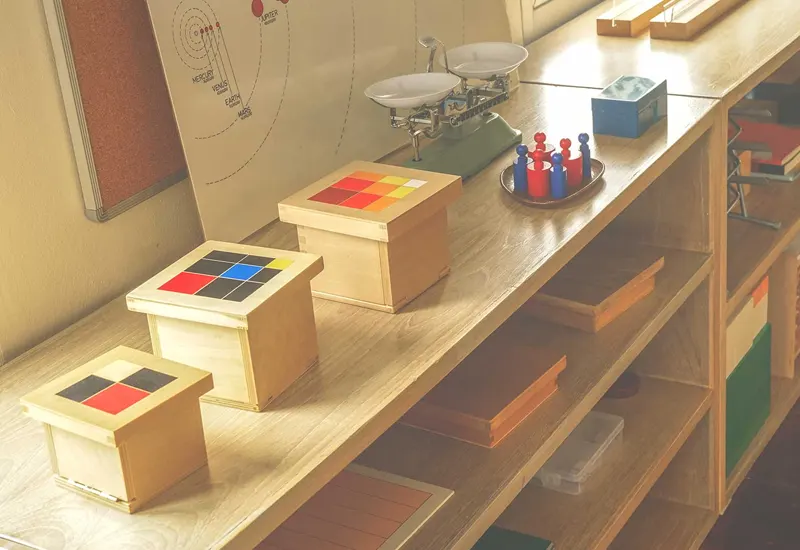
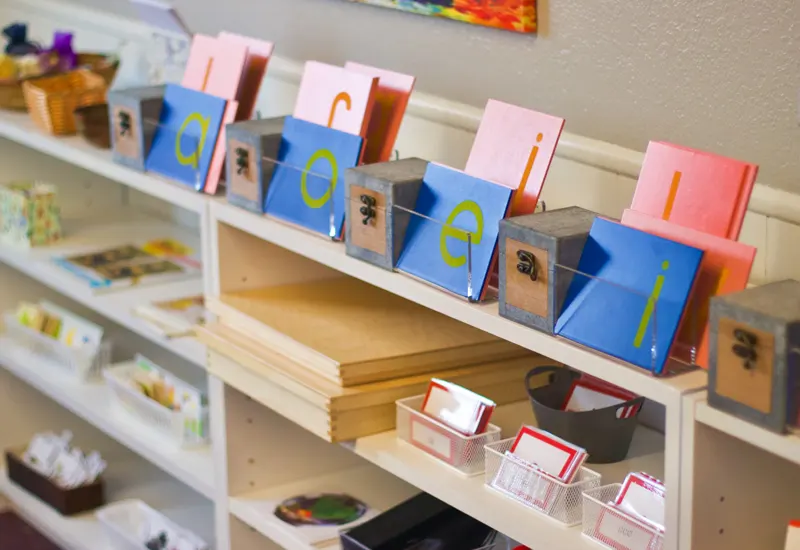
Language Area
Equip the language area with various materials that support literacy development, from simple alphabet puzzles to complex reading materials. This area should be inviting and stocked with various books and writing tools, promoting a love for language and reading.
Mathematics Area
This area should contain concrete materials that introduce mathematical concepts in a hands-on. The materials should facilitate a deep understanding of numbers and relationships, from simple counting beads to complex geometric puzzles.
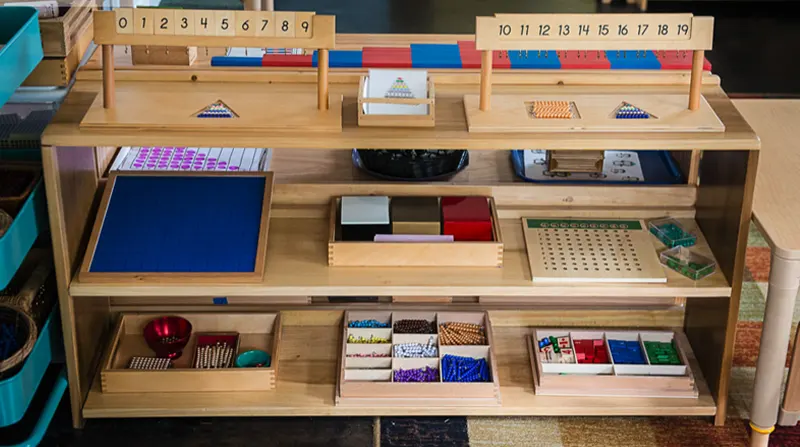

Cultural Area
Adding a Cultural Area enriches the Montessori classroom by broadening children’s understanding of the world and its diverse inhabitants. This area includes geography, history, biology, botany, zoology, art, and music materials, offering a panoramic view of human culture and the natural environment.
5. Incorporates Natural Light and Ventilation
Natural light and ventilation are not just architectural benefits but essential elements of a Montessori classroom that can significantly influence the mood and energy of the space.
Sunlight brightens the room and invigorates the space, enhancing mood and motivation among students and educators alike. To take advantage of these benefits, classroom designs can place desks and activity areas near windows to maximize exposure to natural light. Meanwhile, ensuring adequate ventilation promotes a fresh and healthy air supply. Incorporating plants can improve air quality, adding a touch of nature’s serenity to the classroom ambiance.
6. Promote Independence and Freedom of Movement
The essence of Montessori education is to foster independence and allow children the freedom to move and explore at their own pace. The Montessori classroom layout plays a crucial role, with every element designed to be accessible and encouraging for self-directed learning.
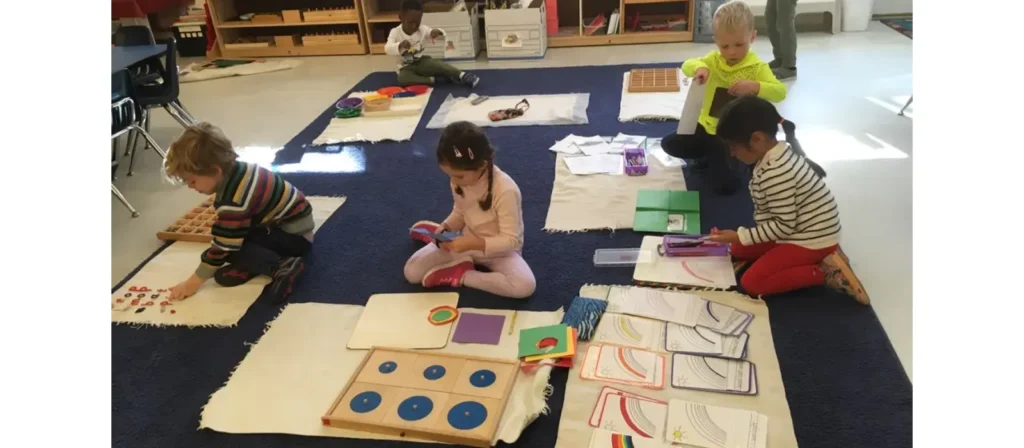
7. Meet Student Needs and Interests
A Montessori classroom reflects its students, evolving to meet their changing needs and interests. This dynamic Montessori classroom setup involves regularly rotating materials to maintain engagement and tailoring learning areas to accommodate various activities. Personalizing the space with student artwork and projects fosters a sense of ownership and pride. Offering a diverse range of materials caters to different learning styles, ensuring every child finds something that ignites their curiosity and passion for learning.
8. Keeping Your Montessori Classroom Tidy

Order and tidiness are fundamental principles of Montessori education and support the development of self-discipline and respect for the environment. A tidy classroom reduces distractions and creates a calm and focused atmosphere conducive to learning. Implementing organizational systems that engage students in clean-up activities and incorporating attractive storage solutions are strategies that help achieve this goal.
Montessori Classroom Layout Example
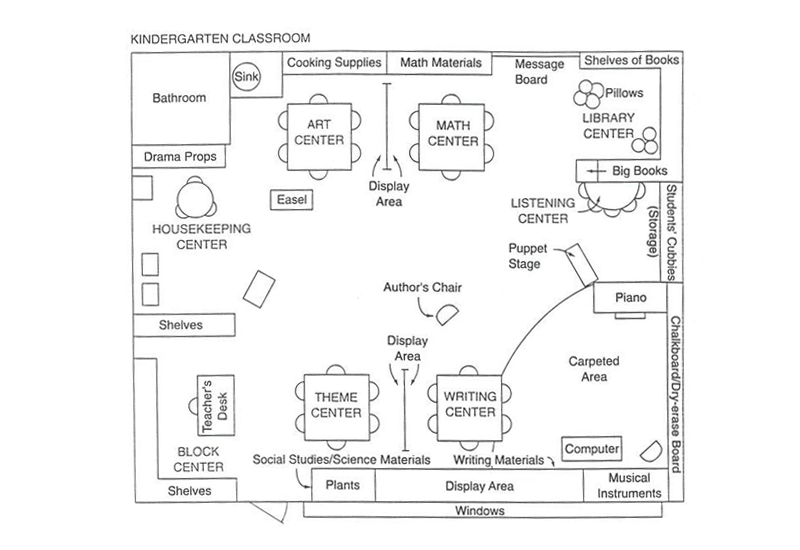
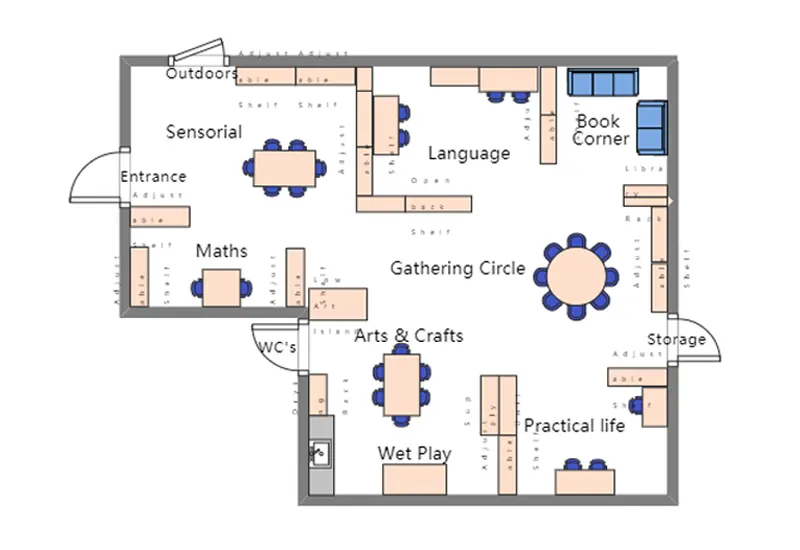

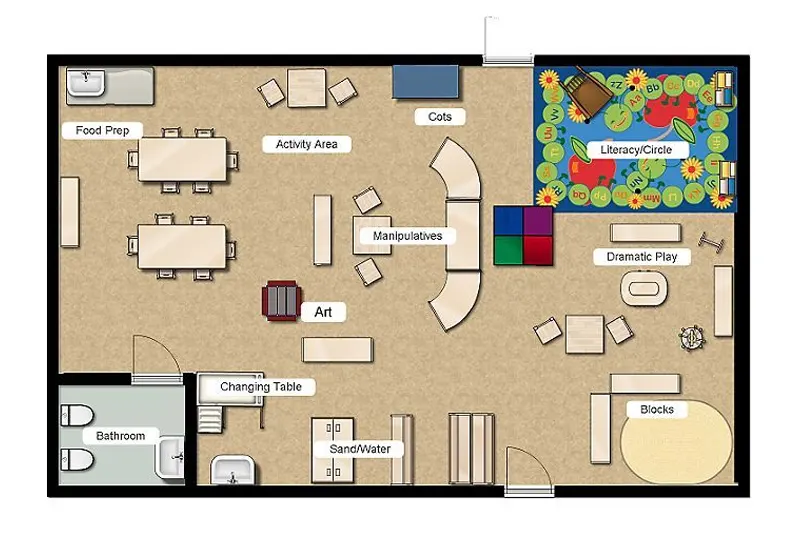

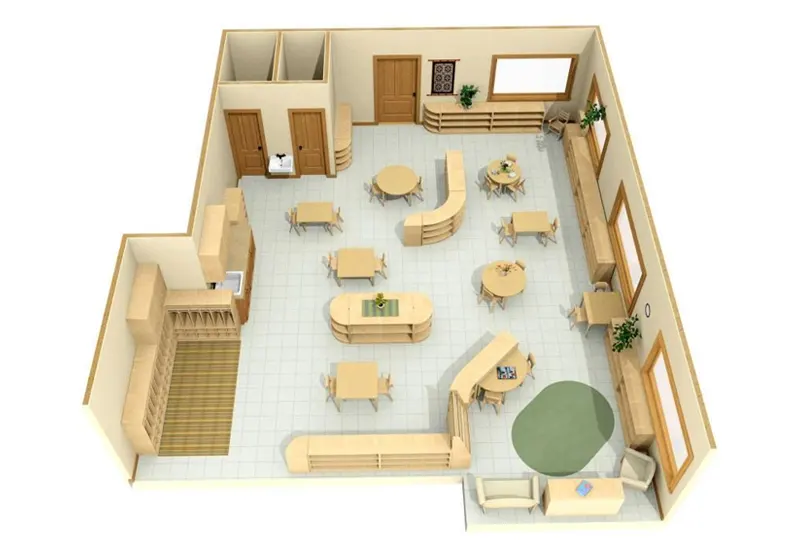
Visualization of a Montessori classroom helps to understand how these principles translate into practice. Imagine entering a room bathed in natural light with low shelves filled with inviting materials. Tables and chairs are spread throughout the space, allowing for individual or group work. Plants and artwork created by students add a touch of beauty and personalization to the space.
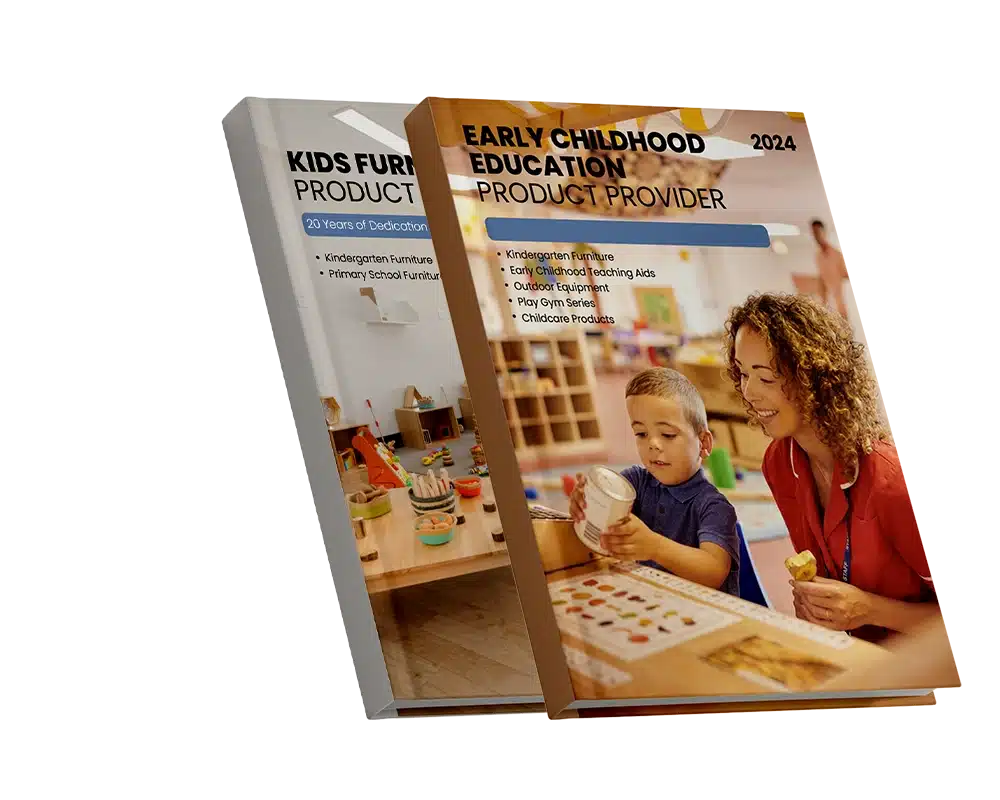

What are the Benefits of a Montessori Classroom Layout?
The Montessori classroom layout is designed with the child’s needs at the forefront, leading to numerous benefits beyond academic achievement.
It supports the development of independence as children learn to navigate the space and materials independently. The environment fosters concentration, with each element carefully chosen to engage the children without overwhelming them. Additionally, the layout encourages a sense of community and cooperation as children work together in shared spaces.
Conclusion
Montessori classroom layout is an art and a science that requires a deep understanding of the Montessori philosophy and a keen eye for detail. By following these techniques, you can design a classroom that meets the standards of the educational philosophy and impacts the children’s learning experience.
At Xiha Montessori, we pride ourselves on creating furniture and materials that support the unique needs of Montessori education, helping educators worldwide create environments where children can thrive. Remember, we aim to create a space like a second home – where children can explore, learn, and grow.

